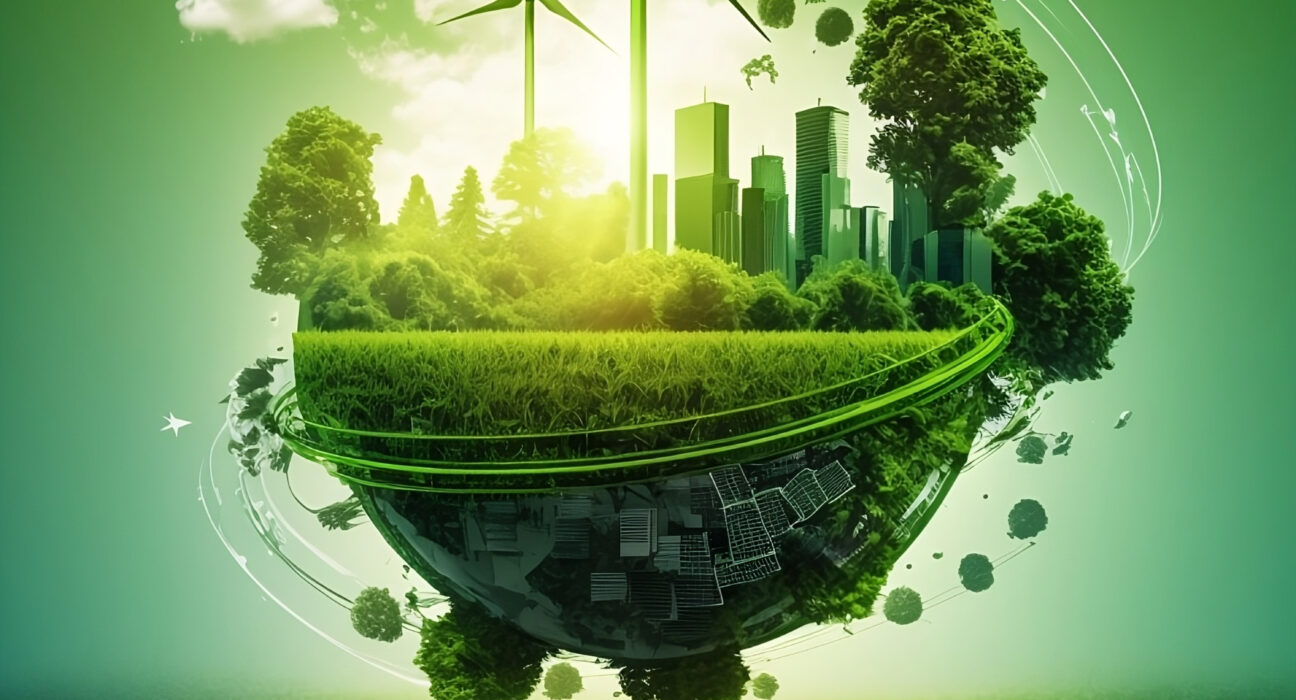In an era where environmental concerns have taken centre stage, the construction industry is undergoing a paradigm shift towards sustainability. As cities continue to grow and infrastructure demands escalate, the need for sustainable practices in construction becomes more imperative than ever. This article explores the key aspects of sustainability in the construction industry and how stakeholders are actively working towards creating a greener, more eco-friendly future.
Materials Innovation:
A significant stride towards sustainability in construction lies in the innovation of materials. Traditional construction materials, such as concrete and steel, are notorious for their carbon footprint. However, researchers and industry experts are investing in the development of eco-friendly alternatives. Engineered wood, recycled steel, and sustainable concrete mixes are gaining popularity, providing structures with the necessary strength while significantly reducing their environmental impact. By incorporating these materials, construction projects can minimize their contribution to carbon emissions and depletion of natural resources.
Energy-Efficient Design and Practices:
The construction industry is increasingly focusing on energy-efficient building designs and practices. This involves optimising a structure’s orientation, utilising natural light, and implementing energy-efficient HVAC systems. Furthermore, the integration of renewable energy sources like solar panels and wind turbines is becoming more common. These measures not only reduce a building’s operational carbon footprint but also lead to long-term cost savings for owners and occupants. The push for energy efficiency underscores the industry’s commitment to reducing its overall environmental impact.
Waste Reduction and Recycling:
Construction projects have historically been associated with significant waste generation. However, sustainability in the construction industry emphasises waste reduction and recycling. Modern construction sites are adopting practices such as waste segregation, salvaging materials, and recycling construction waste. This not only minimises the volume of waste destined for landfills but also reduces the demand for new raw materials. Sustainable construction practices prioritise the circular economy, where materials are reused and repurposed, contributing to a more resource-efficient industry.
Green Building Certifications:
To encourage and validate sustainable practices, various green building certifications have gained prominence. Leadership in Energy and Environmental Design (LEED) and Building Research Establishment Environmental Assessment Method (BREEAM) are two globally recognized certifications that assess and endorse the sustainability of a construction project. Achieving these certifications demonstrates a commitment to environmental responsibility, enhances a building’s market value, and attracts environmentally conscious investors and occupants.
Community Engagement and Social Responsibility:
Sustainability in the construction industry extends beyond environmental considerations to encompass social responsibility. Projects are increasingly prioritising community engagement, local labour, and the well-being of nearby residents. By involving the community in the decision-making process and addressing their concerns, construction projects can foster positive relationships and contribute to the overall social sustainability of the area. Additionally, sustainable construction practices prioritise the well-being and safety of on-site workers, ensuring fair wages, safe working conditions, and opportunities for skill development.
Conclusion
Sustainability in the construction industry is not just a trend; it’s a fundamental shift towards a more responsible and environmentally conscious future. From materials innovation to energy-efficient design, waste reduction, and community engagement, stakeholders in the construction industry are actively working towards a greener tomorrow. By embracing sustainable practices, the construction industry is not only reducing its environmental impact but also creating structures that stand as testaments to a commitment to the well-being of the planet and its inhabitants. As we build for the future, sustainability must remain at the forefront of construction practices, ensuring a harmonious coexistence between urban development and environmental preservation.
